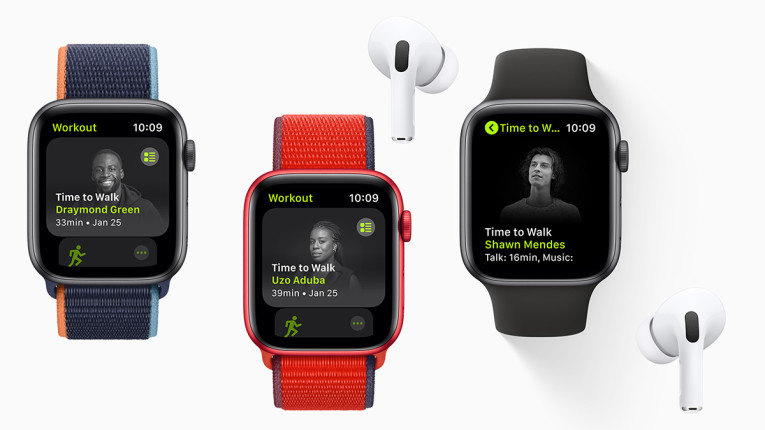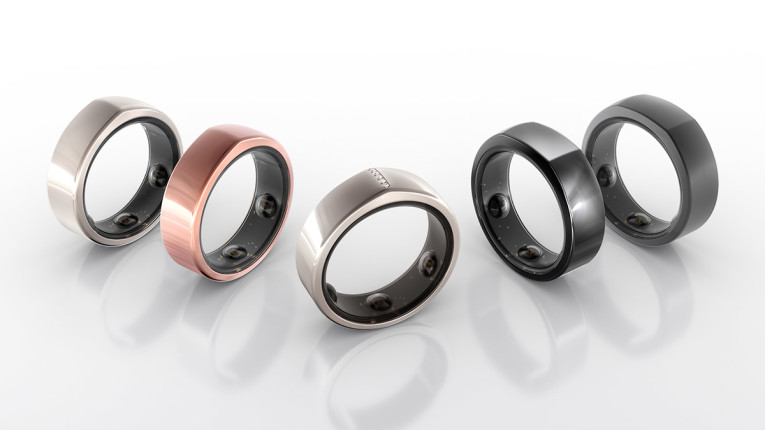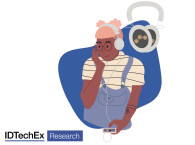
In 2023, ABI Research projects the wearable market to grow by approximately 10.2% YoY, with shipments expected to exceed 400 million units. The market is forecasted to recover in the latter half of 2023 and continue growing in the subsequent years, driven by expanded use cases and ecosystem integration.
"Advancements in areas such as connectivity and integrated sensors, followed by the availability of advanced features at low price points and user upgrades, will help drive consumer interest and result in the growth of the wearables sector in the coming years," says Sachin Mehta, Senior Analyst, Consumer Technologies at ABI research.
In 1Q 2023, the smartwatch and activity fitness tracker sectors experienced YoY declines of 3% and 9%, respectively. These declines were primarily due to seasonal factors and an excess inventory buildup in the channel. The smartwatch market has been evolving with new use cases, features, and sensors. Emerging countries, particularly India, offer significant growth potential, with India contributing one in four smartwatches shipped globally. Apple leads the smartwatch market with a 21.6% ahead of Samsung with 9.2%.
"On the other hand, activity and fitness trackers are facing a downward trend due to competition from smartwatches. However, the category is expected to persist as it caters to a dedicated user base seeking simplicity and affordability with basic functionalities," adds Mehta. Generic Chinese brands and Huawei lead the activity and fitness tracker shipments, with Fitbit holding a 15.8% share of that crowded and low margin segment.

Smart rings, a newly tracked category in wearables, have experienced a recent surge in demand, promising to drive future growth in the wearables market. According to ABI Research, 17.2 million smart rings were shipped in 2022, and this is projected to grow by 10.0% YoY, reaching 18.9 million units in 2023 and exceeding 50 million units by the end of 2028, with a CAGR of 21.9% between 2023 and 2028.
Despite being a niche and relatively new segment compared to other wearables, smart rings have great potential, serving various use cases such as contactless payments, access control, health tracking, and smart home integration. However, their higher cost due to premium materials, advanced sensors, and some models having additional monthly subscriptions make them relatively expensive for the masses.
"Nevertheless, ongoing technological advancements and the rise of new brands are expected to bring down smart ring prices, leading to increased adoption and better price parity than other wearables. The sector's growth will likely be accelerated with the introduction of an Apple smart ring patent and the launch of smart rings by numerous start-ups, establishing a significant portion of the wearables market," Mehta says.
Introducing 5G in wearables and accessories could be a decisive evolution in this market. Real-time data transmission and processing capabilities could unlock a wide range of new functionalities and use cases for wearables. Health care will be also at the forefront of this segment, with exciting prospects for remote patient monitoring and advancements in fitness applications. As a result, high-end wearables sales are likely to experience a surge in the coming years due to increased demand for advanced use cases.

"Although it may take some time for 5G Advanced and the 5G RedCap feature to fully integrate into devices like smartwatches, TWS headsets, and personal tags, once it happens, there will be a noticeable incremental jump in shipments within this sector. The implementation of 5G technology is expected to have a significant impact, revolutionizing wearables' capabilities and driving further market growth," Mehta concludes.
These findings are from ABI Research's Wearables and Mobile Accessories Market Share and Forecasts market data report. This report is part of the company's 5G Devices, Smartphones & Wearables research service.
This commented story has been edited by audioXpress from the original press release, removing unfounded speculation, and inaccurate regional perspectives, which are likely to show in the full report. audioXpress publishes stories like this in an effort to share available market data from credible sources. audioXpress doesn't necessarily agree with the analysis cited neither endorses these reports.
www.abiresearch.com






